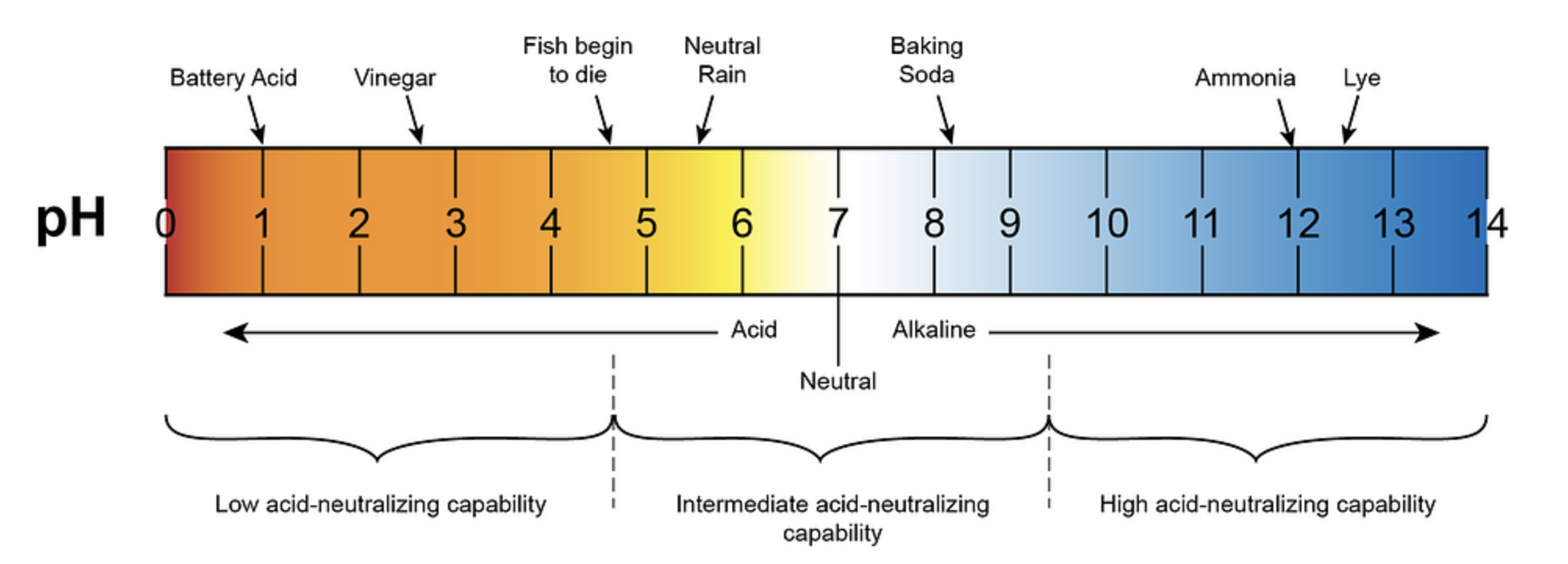The pH of tap water in San Francisco, USA, averages around 9.2, which is considered alkaline. This high pH and softness of the water can affect the taste of coffee and espresso, as well as potentially impact aquarium inhabitants. Understanding the composition of San Francisco’s tap water is crucial for residents to make informed decisions about water treatment and usage.
Contaminants and Chemicals in San Francisco Tap Water
San Francisco’s tap water is sourced from the Tuolumne Watershed, where spring snowmelt from the Tuolumne River flows into Hetch Hetchy Reservoir. The water is rigorously tested to ensure it meets or exceeds all federal and state standards for health. However, there are specific contaminants and chemicals present in the water, including:
| Contaminant/Chemical | Concentration |
|---|---|
| Chlorate | 147 parts per billion (ppb) |
| Chromium (VI) | 0.25 parts per billion (ppb) |
| Hardness (as CaCO3) | 32 parts per million (ppm) |
| Magnesium | 2.9 ppm |
| Silica | 5.5 ppm |
| Sodium | 14 ppm |
| Strontium | 79 ppb |
These contaminants and chemicals are within the acceptable limits set by federal and state standards, but understanding their presence can help residents make informed decisions about their water consumption and treatment.
Dealing with Contaminants and Chemicals
To balance the pH and address potential issues caused by the high pH and softness of San Francisco tap water, residents can consider the following solutions and alternatives:
-
Use a water filter: A water filter designed to reduce pH and softness can help balance the water’s chemistry for coffee, espresso, and aquarium use. For example, the rpavlis recipe, which is a popular water recipe for espresso, can be used to create a near-perfect alkalinity level.
-
Experiment with other recipes: If the rpavlis recipe doesn’t provide the desired taste, residents can explore other recipes and combinations of GH/KH. However, this may introduce some degree of scale build-up, as any positive GH would have calcium and magnesium present.
-
Treat with acid buffers: For aquarium use, treating new water with an acid buffer to reduce the pH to the desired level can help match the tank’s water parameters, allowing for a consistent 14-day water change schedule.
-
Use distilled water: For aquarium use, combining distilled water with a 15% water change can help reduce the pH spike, making it more tolerable for aquatic life.
By understanding the pH and chemical composition of San Francisco tap water, residents can make informed decisions about how to balance the water’s chemistry for various uses, ensuring the best possible results for coffee, espresso, and aquarium inhabitants.
Conclusion
The pH of tap water in San Francisco, USA, is an important factor to consider for residents who use the water for various purposes, such as coffee, espresso, and aquarium maintenance. By understanding the contaminants and chemicals present in the water, as well as the available solutions and alternatives, residents can make informed decisions to ensure the best possible results for their specific needs.

